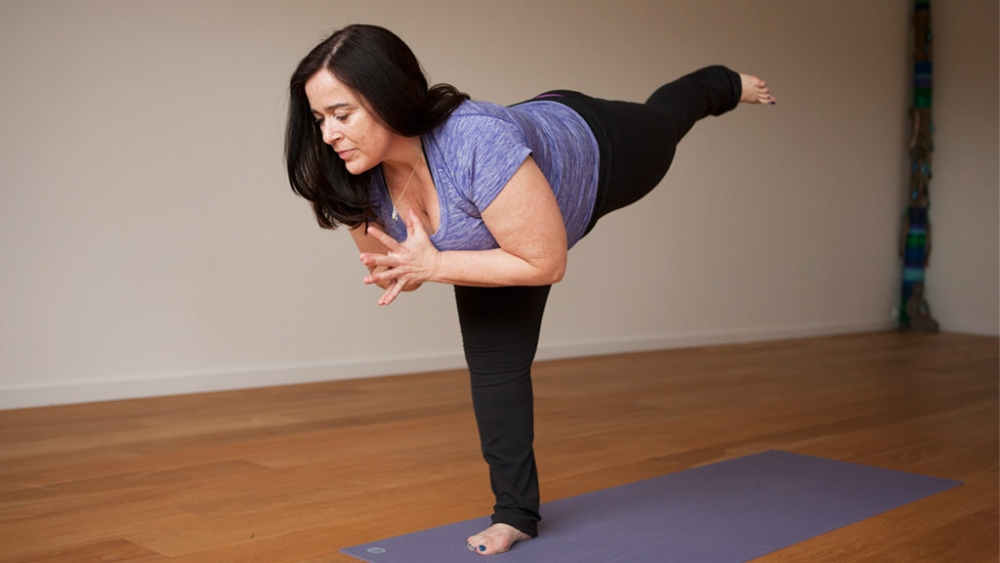Warrior Sequence Top To Bottom Of Mat

The virabhadrasana poses are named after the mythical warrior virabhadra said to be a fearsome incarnation of the god shiva.
Warrior sequence top to bottom of mat. Whatever symbolism you prefer they all conjure up images of power and strength and warrior 3 pose is brilliant for creating stability in the whole. In that case a layer of rebar near the bottom or at both the top and bottom of the slab will be required. Start by standing over the long side of your mat. Below is a basic yoga nidra protocol that includes mostly traditional components plus an additional component can.
If you use momentum to move from warrior i to warrior iii you ll likely lose your balance because it will be hard to slow the momentum down and you ll throw yourself off center. How to do it. Place the blocks shoulder width distance at the top of your student s mat. You might also hear warrior 3 referred to as flying dragon pose in yin yang yoga style classes or even superman pose.
Some have been perfected by swami satyananda swaraswati of bihar school of yoga swami rama of the himalayan institute and many other yoga masters. High lunge and warrior 1 are especially good for opening the front of the hip flexors as well as the shoulders. To come into triangle pose straighten the front knee and turn the back foot out to a 90 degree angle perpendicular to the front foot. Warrior ii is a vigorous and energizing pose for the legs but many practitioners adopt too short a stance to take advantage of the pose s inherent intensity.
Use a block under your bottom hand to add more stability to this pose. The hips should be actively trying to open and the core should be engaged which will naturally tuck the ribs in and the tailbone down. Some students may need to stay upright in warrior three to work on balancing on one leg. In warrior ii the back heel can move into more of a tightrope alignment with the front foot often referred to as heel to arch alignment though you can stick with heel to heel alignment if that feels more stable and the back foot is turned out more so it is nearly parallel with the short edge of the mat.
A good rule of thumb is to extend your arms out wide and then position your ankles under your wrists. Have them use the blocks for balance as they find the alignment through the torso hips and legs. Keep your neck and spine in a neutral position by looking down at the top of your mat. If the floor is designed as a reinforced concrete slab requiring rebar in the tension zone the designer should specify the correct rebar position.
The transition from virabhadrasana i to virabhadrasana iii shifts the body from a stable rooted posture to one of yoga s most challenging standing balances.














































